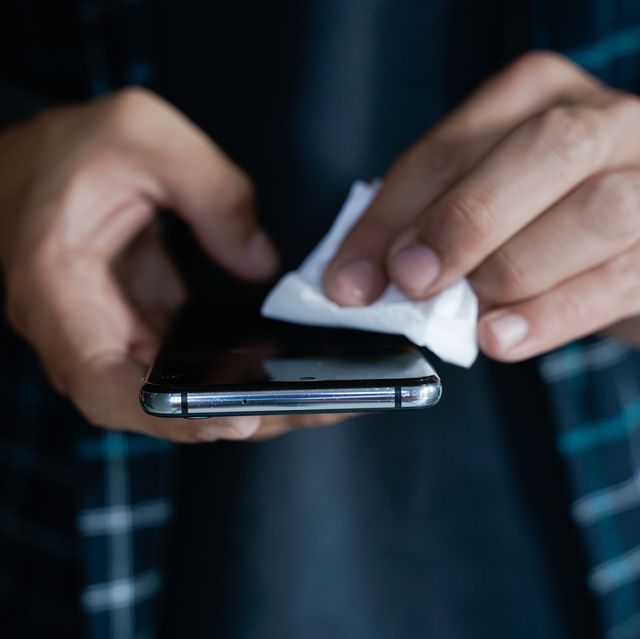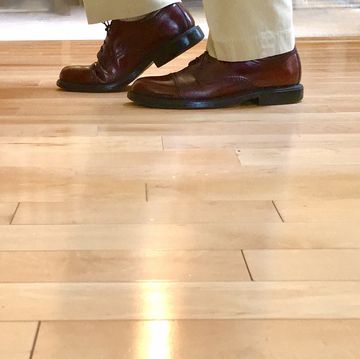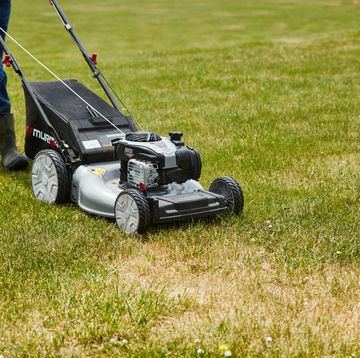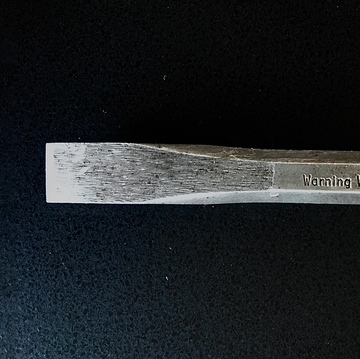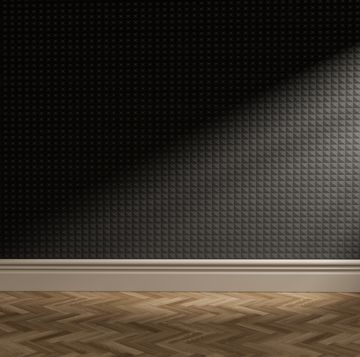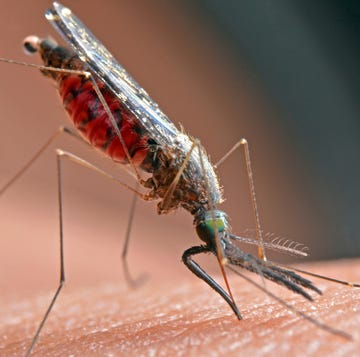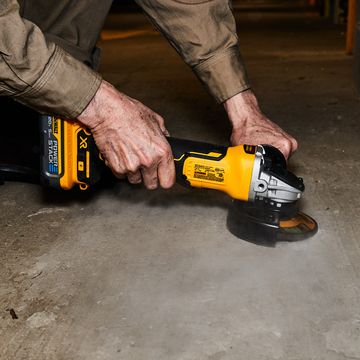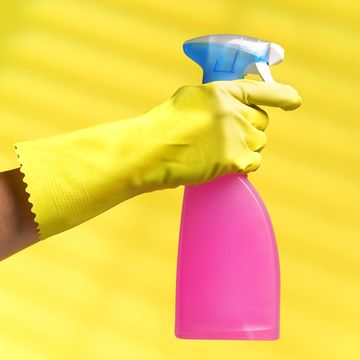- When was the last time you cleaned your phone?
- On average, smartphones harbor ten times the amount of bacteria found on the average toilet seat.
- To kill germs and bacteria hiding on your screen, avoid harsh chemicals, like those present in disinfectant wipes, because they could damage a special coating on the surface.
Your smartphone, as it turns out, is covered with ten times the amount of bacteria found on a toilet seat, according to a 2012 study from the University of Arizona. It sounds shocking, but it makes sense: janitors scrub toilets every day, when was the last time you really wiped down your iPhone?
🛠 You live and breathe DIY. So do we. Let’s build something cool together.
Now that you know the dirty truth, it’s time to take action.
Your first instinct might be to use a Clorox wipe, which promises to kill 99.99 percent of household germs and bacteria. But that’s not the best option: Apple has said this kind of wipe could actually damage the delicate oleophobic coating on your phone that’s meant to prevent oils from your fingerprints sticking to the surface.
(As COVID-19 spread across the country in March, 2020, Apple relaxed this guidance and leased a new support page alerting anyone with its products that a solution of 70 percent isopropyl alcohol is permissible for use in cleaning your iPhone, MacBook, or other Apple device.)
If you want to truly clean your phone, Apple recommends using a soft, microfiber cloth, just like the ones you use to wipe your corrective lenses with. (This advice applies to all phones, not just iPhones.) You can add warm, soapy water to the cloth to wipe down and disinfect your phone’s surfaces, Apple says, but just make sure you unplug all cables, turn off the device, and keep water from creeping into any openings.
To take the TLC up a notch, buy a UV-C LED sanitizing light (check out some of our favorites here), which kills bacteria and viruses on contact. UV-C stands for germicidal ultraviolet light. It works by deactivating the DNA inside bacteria, viruses, and other pathogens, effectively ceasing their capability to reproduce and spread disease. More specifically, the UV-C light damages nucleic acids inside these microorganisms, forming covalent bonds that prevent DNA from unzipping for replication. When the bacteria or virus tries to replicate itself, it drops dead.
🧽 Get Your Phone Squeaky Clean
On the Case
Now that your phone is clean, don’t undo everything by snapping it into a germy, gross case. Depending on the type of case you have, there are different disinfectant agents that you should use.
Plastic: Use a chlorine bleach and water solution and scrub the crevices with a toothbrush or sponge.
Rubber/silicone: Use dish soap and water to scrub the case. You can also add baking soda to remove any stains, but don’t skip the dish soap for disinfecting purposes.
Wood: To prevent damage, use a vinegar and water solution. (Just know vinegar isn’t technically a disinfectant.) You can instead use hydrogen peroxide, but it could impact the look and feel of the wood.
Leather: Use water and mild hand soap. Follow up with a leather conditioner to maintain the soft, buttery feel of the leather after cleaning.
Before joining Pop Mech, Courtney was the technology reporter at her hometown newspaper, the Pittsburgh Post-Gazette. She is a graduate of the University of Pittsburgh, where she studied English and economics. Her favorite topics include, but are not limited to: the giant squid, punk rock, and robotics. She lives in Philadelphia with her husband, her black cat, and towers upon towers of books.
